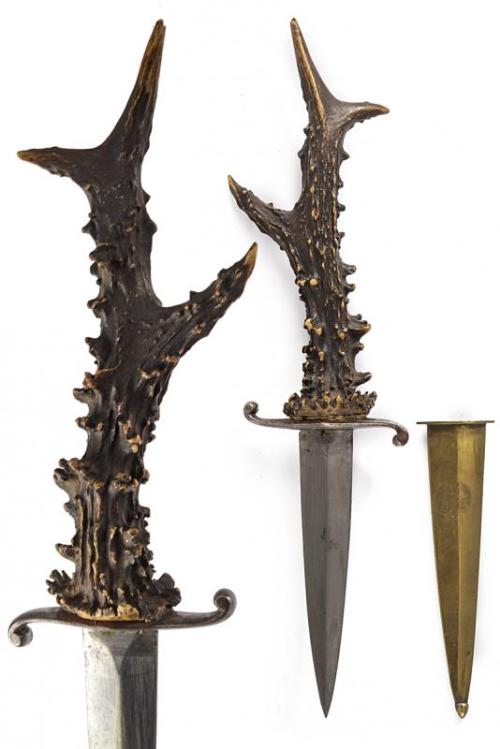Metalwork - Blog Posts

In the 1970s, excavations at the Newton Slave Burial Ground uncovered the grave of a man believed to be a healer or spiritual figure. He was buried with powerful objects: metal jewelry, an iron knife, and a short-stemmed clay pipe likely made in Ghana.
Among his burial items was a necklace made from a mix of beads, some with fascinating origins.
One glass bead, made with European powder glass, was probably crafted in Ghana.
Another, a cylindrical carnelian bead, came from Cambay, India ; a region known for carnelian bead production since the first millennium. These beads were traded through East Africa, across the Sahara, and into West Africa.
Other elements of the necklace could have been acquired in Barbados, but together they reflect a deep continuity of African cultural traditions in the Caribbean.
Scholar Jerome Handler used ethnographic sources from West Africa to interpret the necklace, and strongly argued that the man was likely seen as an obeah or healer by the enslaved community at Newton.
This burial is one of the most powerful archaeological cases for the survival of African spiritual identity through the horrors of the Middle Passage and slavery.

Iron Age Romano-Native Hare Brooch, Newport Museum and Galleries, Wales

Silver Keter Torah by Ilya Schor, made in the 1950s, most likely destroyed in a Synagogue fire.
Based Upon ~ Metal Storytelling


















Set up by twin brothers Ian & Richard Abell Based Upon is a team of incredible craftsmen, metalworkers and artist that create spectacular designs out of liquid metals and resins. Personalized large scale Artwork, Sculpture and Furniture is painstakingly made with outstanding results. We all have a story or a memory that we want to have with us always, Based Upon can manifest this for you in an unforgettable way.
Browse their website which is full of interesting information on what they can create for you.
Storytelling in Liquid metal, now that is unique. xo
Images sourced via their site,
Based Upon
Based Upon Unit A121 / Faircharm 8-12 Creekside London SE8 3DX UK
Tel: +44 (0)20 83202122 info@basedupon.com

Silver Cup with depictions of the goddess Freya (1000 AD),
From the Viking hoard found in Lejre in 1850.
National Museum of Copenhagen, Denmark

Sword, Southern Germany, 1st half of the 16th century
from The Museum of Art and History Geneva


Also made this little bugger from an old file and reindeer bone. Keeps a very nice edge to itself. Give me a holler via ask box if interested in giving it a new home. Also tons of other forged items in my etsy shop so if you are interested to check them out at:
https://www.etsy.com/shop/frostferrumforge

Wrought iron key, Germany, 15th-16th century
from The Museum of Applied Arts Budapest

Spiked dog collar, 17th or 18th century.
Used for hunting dogs to protect the neck from attacks by bears, wolves, or wild boars.

GOTHIC MIRROR NINETEENTH
Mirror silver metal resting on an easel, representing a small Gothic style of architecture, nineteenth.

The middle finger from the right hand of Italian astronomer Galileo Galilei (1564–1642) is a secular relic in the collection of the Museo Galileo in Florence, Italy.The finger was removed from his body after his death and is encased in a gilded glass egg.

















